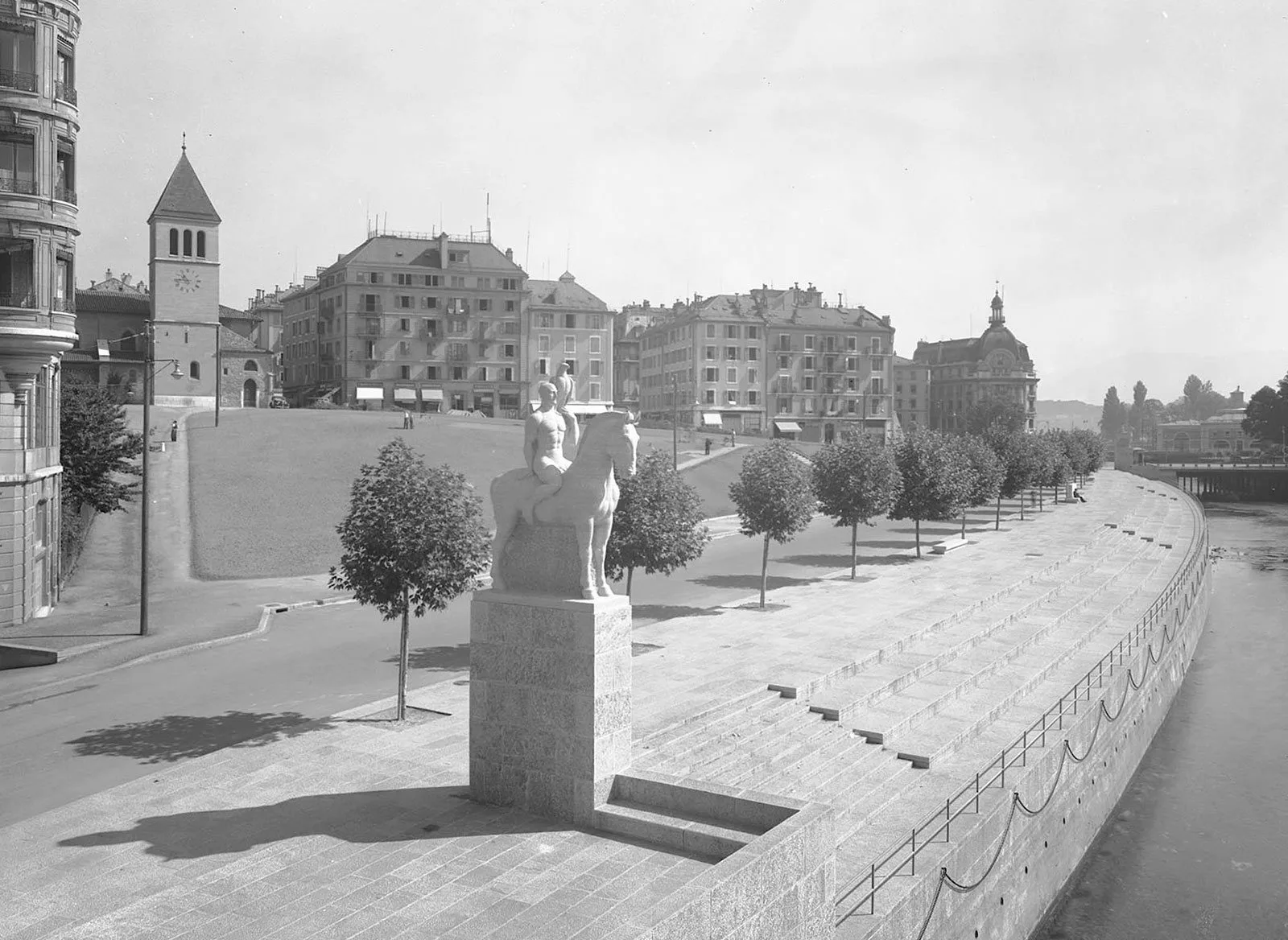
Geneva’s Italian side
The rise of Geneva, the home of Calvinism, owed much to the Turrettini family. Arriving there from Tuscany in the 16th century with ready money and access to an international network, they played no small part in buoying the city’s economy.






